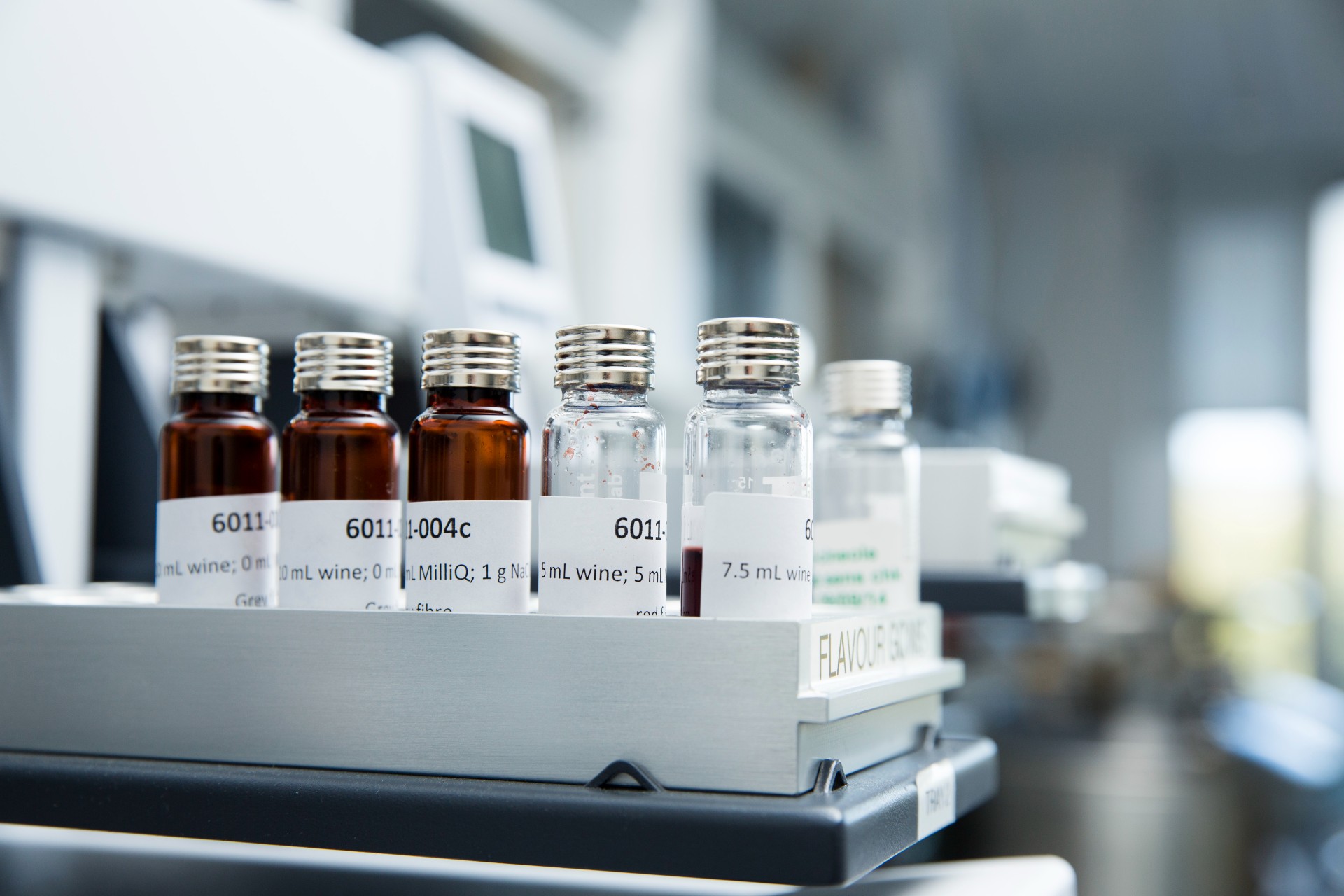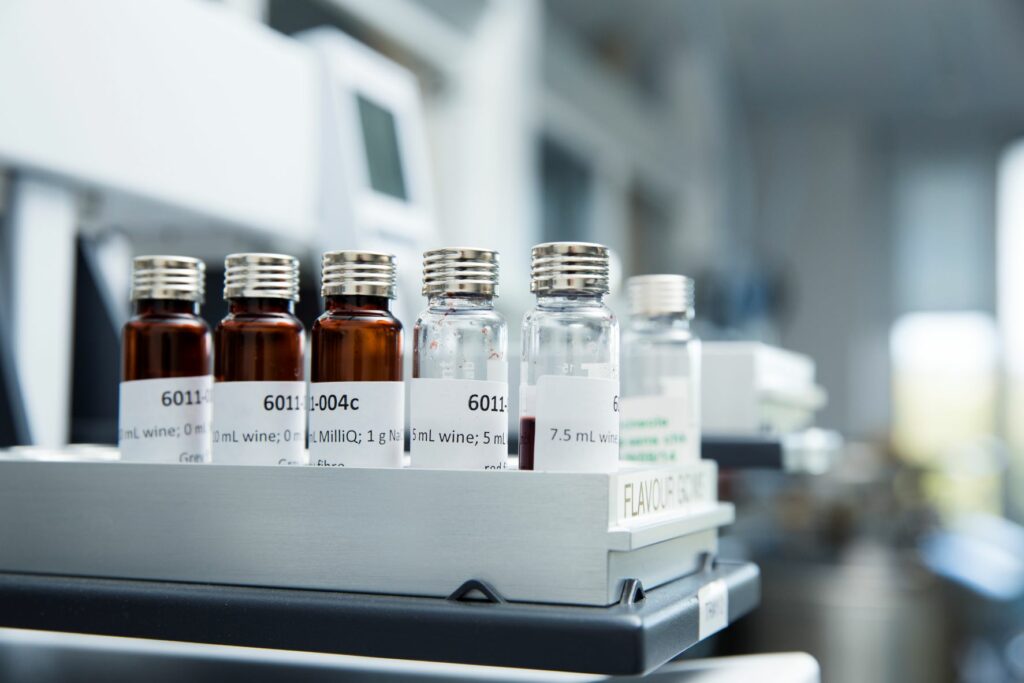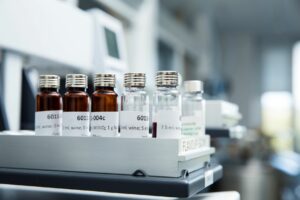
The use of fining agents such as Casein, skim milk and egg (whites and albumin) during the production process is commonplace in the beverage industry.
The purpose of adding a fining agent preparation is to soften or reduce the astringency and/or bitterness; remove proteins capable of haze formation; or reduce colour by the adsorption and precipitation of polymeric phenols and tannins. The fining agent reacts with the beverage components either chemically or physically, to form a new complex that can separate from the liquid.
Why is it important?
Traces of these fining agents remaining in the finished product can cause allergic reactions in some people, and therefore must be indicated on the label if present to comply with national regulations or when exporting to international markets.
Specific to the wine industry, unfiltered or filtered wines, non-vintage wines and wine dated 2012 and beyond are required to carry allergen labelling unless they can be demonstrated free of residues.
How do we analyse for these residues?
Our ELISA (Enzyme-linked immunosorbent assay) based test methods comply with the EU requirements of a detection limit (LOD) of 0.25 ppm and a limit of quantitation (LOQ) of 0.5 ppm to prove the absence of these residues.
Egg (ovomucoid) is one of the main allergens in egg white and appears to be allergenic in minute quantities. We run a double antibody (sandwich) ELISA using specific anti-ovomucoid antibodies coated onto microwells.
Milk (alpha S casein) is the major protein in milk and accounts for about 80% of total milk proteins. We run double antibody (sandwich) ELISA using specific anti-casein antibodies coated onto microwells.

Step 1 The sample is added and if residue is present it will bind to the specific antibodies.
Step 2 Enzyme labelled conjugate is added and binds to the captured residue to form a ‘sandwich’.
Step 3 Substrate is added and forms a blue colour if residue is present. A yellow colour is formed once acid is added to stop the reaction.
Step 4 Results are then read on a micro-plate reader and concentrations determined from the standard curve.
How are results reported?
Results < 0.25 ppm are reported as ‘not detected’. We report Total egg white protein1 and Total milk protein2 with an uncertainty measurement of ± 0.1ppm.
11 ppm of whole egg powder is equivalent to 0.28 ppm of total egg white protein and ~ 0.14ppm of Ovalbumin.
21 ppm of skim milk powder is equivalent to 0.32 ppm of total milk protein and 0.26ppm of casein.



